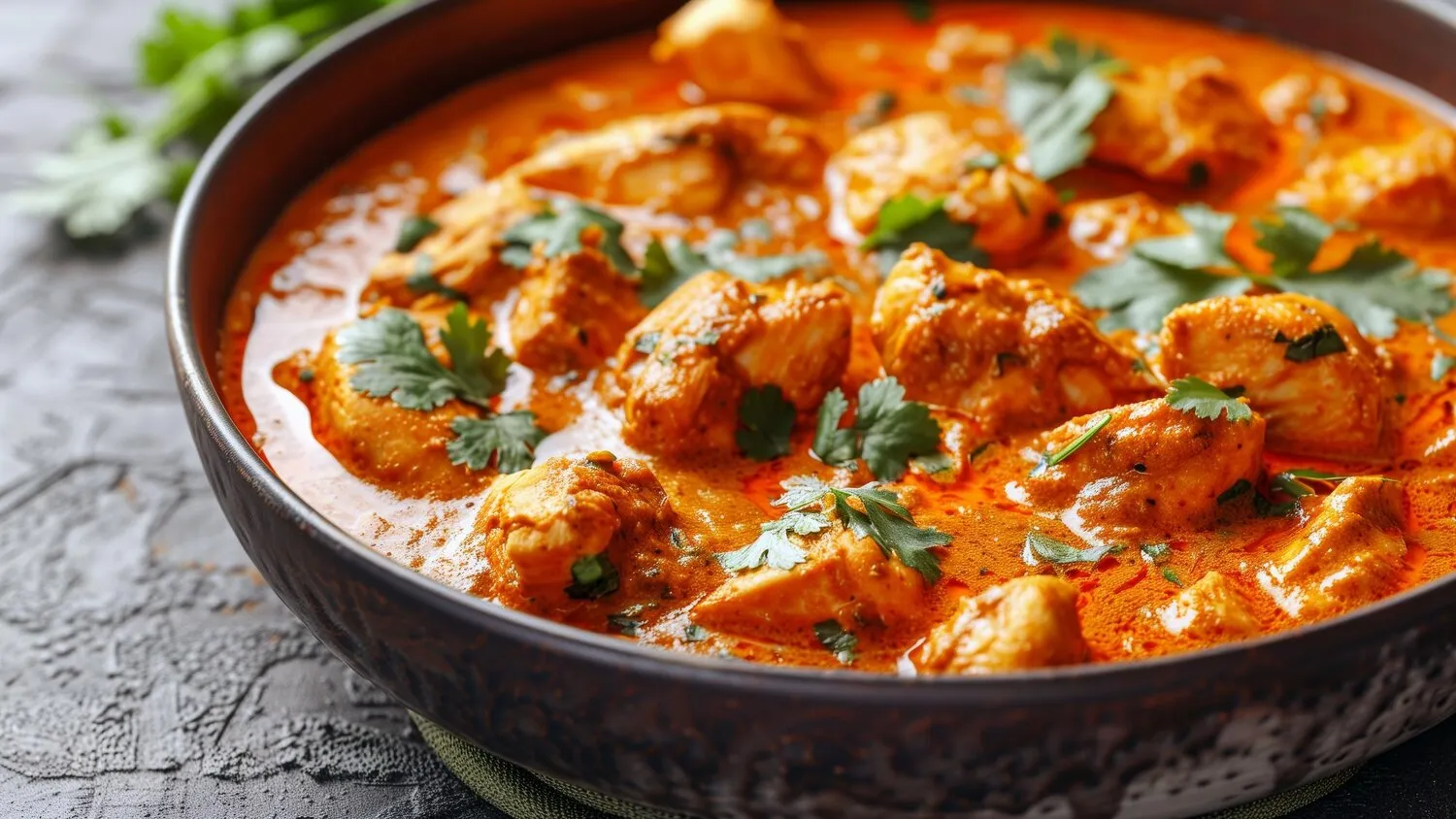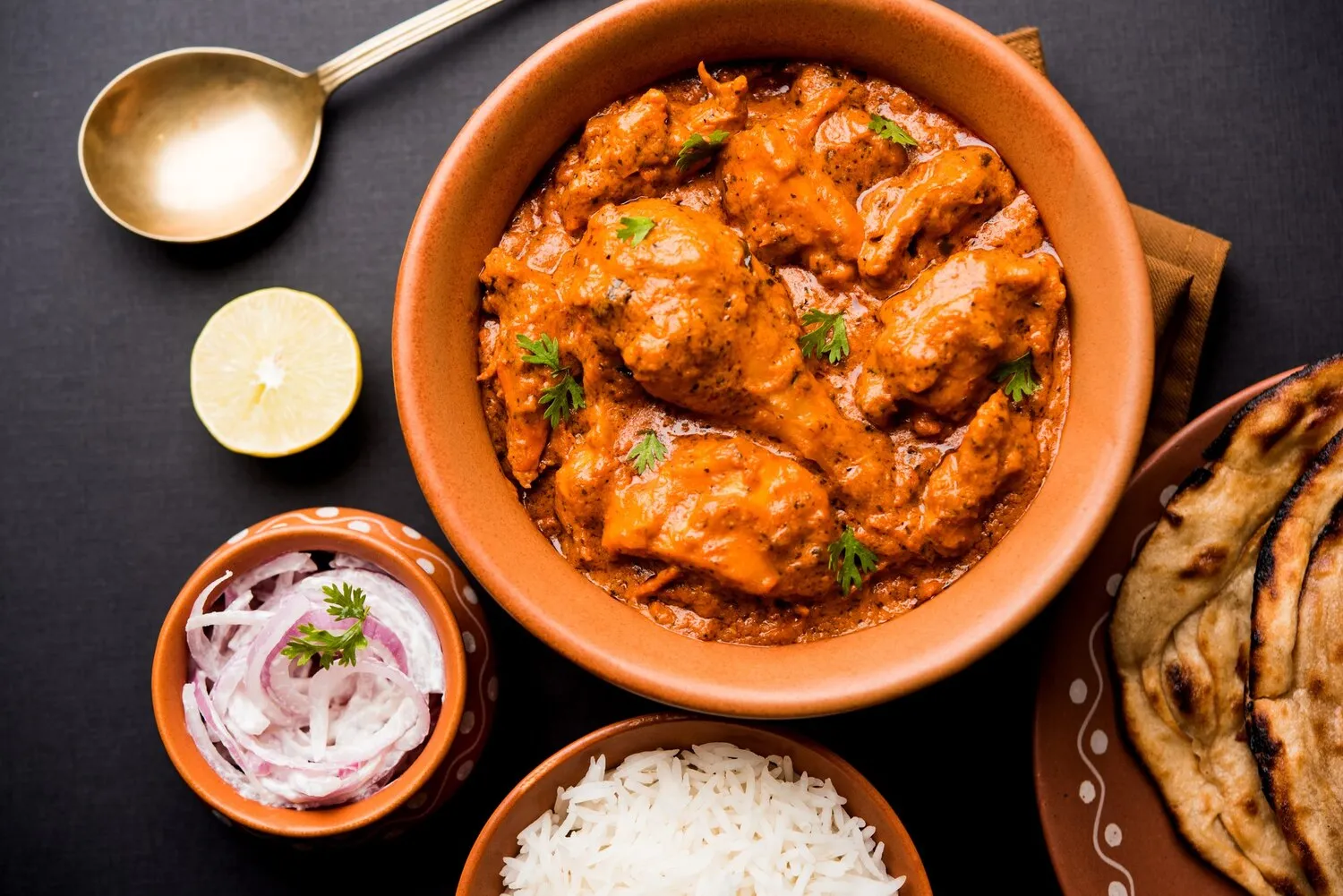
Pão Naan
Pão tradicional indiano assado no forno tandoor.
Nutrition Facts
* The % Daily Value (DV) tells you how much a nutrient in a serving of food contributes to a daily diet. 2,000 calories a day is used for general nutrition advice.
Naan's history traces back to ancient Persia and India. Evidence suggests its existence since at least 1300 AD. It evolved alongside the tandoor oven, likely introduced to India by the Mughals. Its initial form might have been simpler, gradually incorporating leavening agents and dairy products over time, transforming into the fluffy and soft bread we know today. Royal courts and communal feasts played a significant role in popularizing Naan.
Naan holds a prominent place in Indian cuisine and culture, often considered a celebratory bread served during special occasions, family gatherings, and restaurant meals. Its versatility makes it a staple accompaniment to diverse curries and grilled meats.
Social Gatherings
Naan is a popular choice for family gatherings and festive meals in India, indicating celebration and togetherness.
Restaurant Staple
It is a standard offering in Indian restaurants worldwide, enjoyed with various curry dishes.
Regional Variations
While the basic recipe remains consistent, regional variations exist in ingredients and toppings, demonstrating the diversity of Indian culinary traditions. For instance, in some regions, naan is stuffed with paneer or potatoes.
Naan offers a delightful balance of subtly tangy, savory, and slightly smoky flavors. The use of yogurt contributes to its characteristic tang, while the cooking process in the tandoor imparts a distinct smoky aroma. Its neutral taste makes it versatile for pairing with various curries and dishes.
The flavor profile hinges on simple yet effective ingredients. The dough, typically made with flour, yogurt, water, and sometimes milk or eggs, creates a soft and slightly fermented base. The high heat of the tandoor oven quickly cooks the naan, creating a puffed-up texture and charred spots that add complexity. Some variations include butter or ghee brushed on after cooking, enhancing richness. Garlic naan incorporates finely chopped garlic into the dough or brushed on top, lending a pungent and savory note.
Dough Consistency
The dough should be soft, slightly sticky, and well-kneaded to develop gluten for a stretchy and pliable texture.
Tandoor Substitute
If you don't have a tandoor oven, a very hot cast iron skillet or pizza stone can be used to replicate the high heat and create similar results.
Water Slap
Slapping the naan with wet hands before baking helps it stick to the side of the tandoor or skillet and creates a soft, bubbly texture.
Ghee/Butter Finish
Brushing the naan with melted ghee or butter immediately after cooking adds richness and flavor.
Explore additional Indian dishes and restaurants
Explore IndianDiscover top dining spots and culinary experiences in Rio Claro.
Explore Rio ClaroLearn more about the food culture, restaurant scene, and culinary heritage of Brazil.
Explore Brazil
